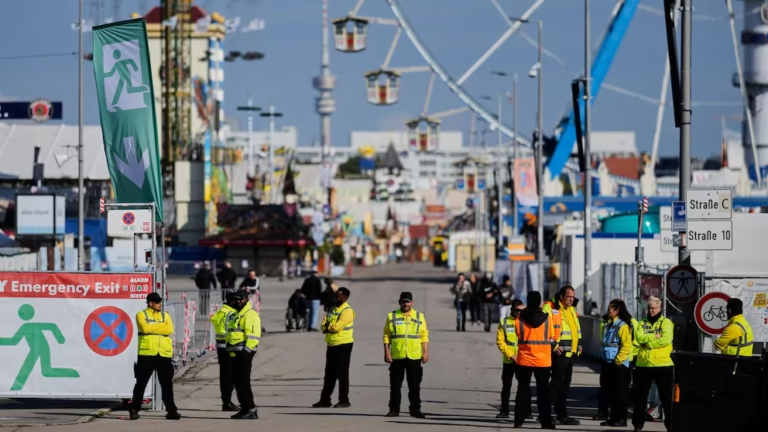Table of Contents
The End of Britain’s Royal Train Era After 180 Years
For nearly two centuries, Britain Royal Train has been a symbol of regal travel, luxury, and history. However, after 180 years of service, this iconic mode of transport is finally coming to an end. The decision to retire the train marks a significant moment in British royal history, raising questions about what this means for royal travel traditions.
The royal train has long been more than just transportation—it represented prestige and the British monarchy’s connection to the people across the country. Yet, evolving technology and changing needs have made the royal train less practical in the 21st century.
Read More: Why Britain’s royal train is coming to the end of the line after 180 years of service | CNN
A Rich History Behind Britain Royal Train
The origins of Britain’s Royal Train date back to the mid-19th century. Initially commissioned to provide a safe and private means for the monarchy to travel across the UK, the train soon became a luxurious moving palace. Featuring opulent interiors, state-of-the-art communication systems, and dedicated staff, it was designed to meet every royal need on the rails.
Throughout its 180 years, the train witnessed countless historic journeys—state visits, royal tours, and moments that shaped British history. The royal train also served as a mobile command center during critical times, including wars and national crises.
Why Is Britain Royal Train Being Retired?
Several key factors contribute to the retirement of Britain Royal Train. The first is the increasing cost of maintenance. The vintage carriages require specialized upkeep, making it expensive and logistically challenging to keep the train operational.
Additionally, modern security and travel needs have shifted toward more flexible and faster options. Air travel and road convoys now offer greater security and adaptability for the royal family’s busy schedules. The royal train’s fixed routes and slower speeds no longer fit the dynamic demands of contemporary royal travel.
Impact on Royal Travel and Public Perception
The retirement of the royal train symbolizes a broader shift in royal traditions. While some view this as a loss of heritage, others see it as a necessary modernization. The monarchy has been adapting its public image and operations to stay relevant in today’s world.
Read More: Trump Announces 30% Trade Tariffs on EU, Mexico
Despite the retirement, the royal family continues to prioritize safe and efficient travel. Alternative transportation methods are being enhanced, ensuring the monarch’s security and comfort without relying on the historic train.
What Comes After the Royal Train?
As Britain Royal Train nears the end of its service, plans are underway to preserve its legacy. Some carriages are expected to be displayed in museums, allowing the public to connect with this important piece of history.
Meanwhile, royal travel will increasingly rely on advanced technology and logistics. Helicopters, private jets, and secure vehicles form the backbone of future royal journeys, combining speed with safety.
A Historic Chapter Closes
The retirement of Britain Royal Train after 180 years closes a remarkable chapter in British history. While the train’s era ends, its legacy lives on through the memories and heritage it leaves behind. The royal family’s commitment to tradition continues, now balanced with modern innovation and practicality.
Read More:
This transition reflects the monarchy’s ability to evolve with the times while honoring its past. The story of Britain’s royal train reminds us that history and progress often travel hand in hand.



Sign up for our affiliate program and watch your earnings grow! https://shorturl.fm/SbJUQ
Become our partner and turn referrals into revenue—join now! https://shorturl.fm/HEQnE
Promote our brand and watch your income grow—join today! https://shorturl.fm/NqrMd
Start earning instantly—become our affiliate and earn on every sale! https://shorturl.fm/d0Kfl